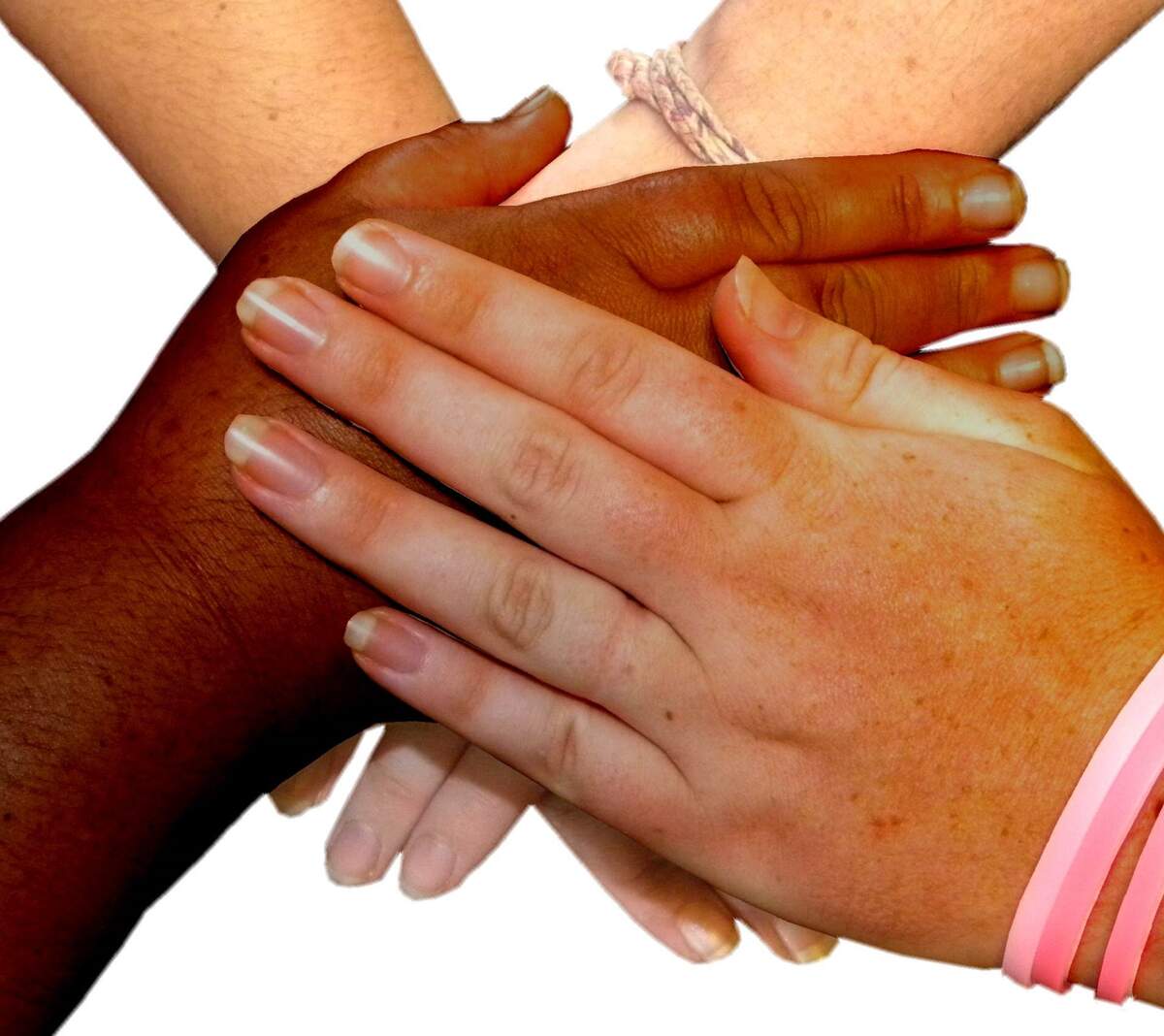

Multicultural Diversity Day
Also known as
National Multicultural Diversity Day
Observed
the third Monday in October (since 1993)
Dates
Founded by
Hashtags
Sources
Cleorah Scruggs, who began teaching social studies in Flint, Michigan, in 1970, wanted to bring a focus to diversity in her classroom, and then had the idea that every school in Michigan should have a diversity program. Her idea was approved by the Michigan Education Association (MEA), and she then took it to the National Education Association (NEA). In 1993, the Representative Assembly of the NEA adopted it nationwide, to "increase awareness of the tremendous need to celebrate our diversity collectively." With this, Multicultural Diversity Day was born. The day is observed by educators, who focus special attention on multiculturalism and diversity in their classrooms during it.
Diversity can be defined as the sum of ways people are both different and alike. It includes many facets, such as race, ethnicity, gender, religion, sexual orientation, language, culture, mental and physical ability, class, and immigration status. According to the NEA, diversity enriches everyone and its many components help form the fabric of society. Acceptance of diversity is a part of social justice. The NEA has said that education should play a role in fostering values of acceptance and appreciation of individuals in diverse populations, and they believe that curricula, observances, and programs focused on diversity are important.
Students and educators have countless opportunities to explore diversity, which helps young people prepare for an interconnected, global society in the twenty-first century. But, there are also many challenges related to diversity that must be faced in education, such as achievement gaps between students of diverse backgrounds, racial segregation, bullying of LGBTQ and other students, and educational disparities based on class. On Multicultural Diversity Day, diversity is examined and embraced, with the goal of building a better future for humankind.
How to Observe Multicultural Diversity Day
Multicultural Diversity Day is geared toward teachers and students. The NEA suggests the following ideas on how to observe the day in the classroom.
- Share cultural information about yourself with your class.
- Introduce your class to multicultural issues by inviting in a diversity expert.
- Have students bring in food or other items that represent their cultural or ethnic heritage. They could even teach their fellow students how to cook a recipe.
- Share with students that diversity is a core democratic value and that all should be respected.
Some other ideas for the classroom include:
- Have students interview their parents or grandparents to learn more about their cultural heritage. They could then write a summary or make a family tree or coat of arms, and afterward could share or display what they have found or created.
- Connect students with a school in another part of the world, or have them get international pen pals.
- Play music and learn traditional dances from around the world, and sing songs that celebrate diversity.
- Have students explore books that focus on multiculturalism. Many books on the topic are available for both younger children and teenagers.
The NEA has suggested some other ways for people to explore diversity and observe the day beyond the classroom:
- Learn about people of different backgrounds, cultures, and experiences. Books, films, and conversation all can help foster this.
- Reflect and examine your beliefs about people who are different than you.
- Start a conversation at your workplace about diversity.
- Use the NEA's diversity toolkit to learn more about elements of diversity.





















